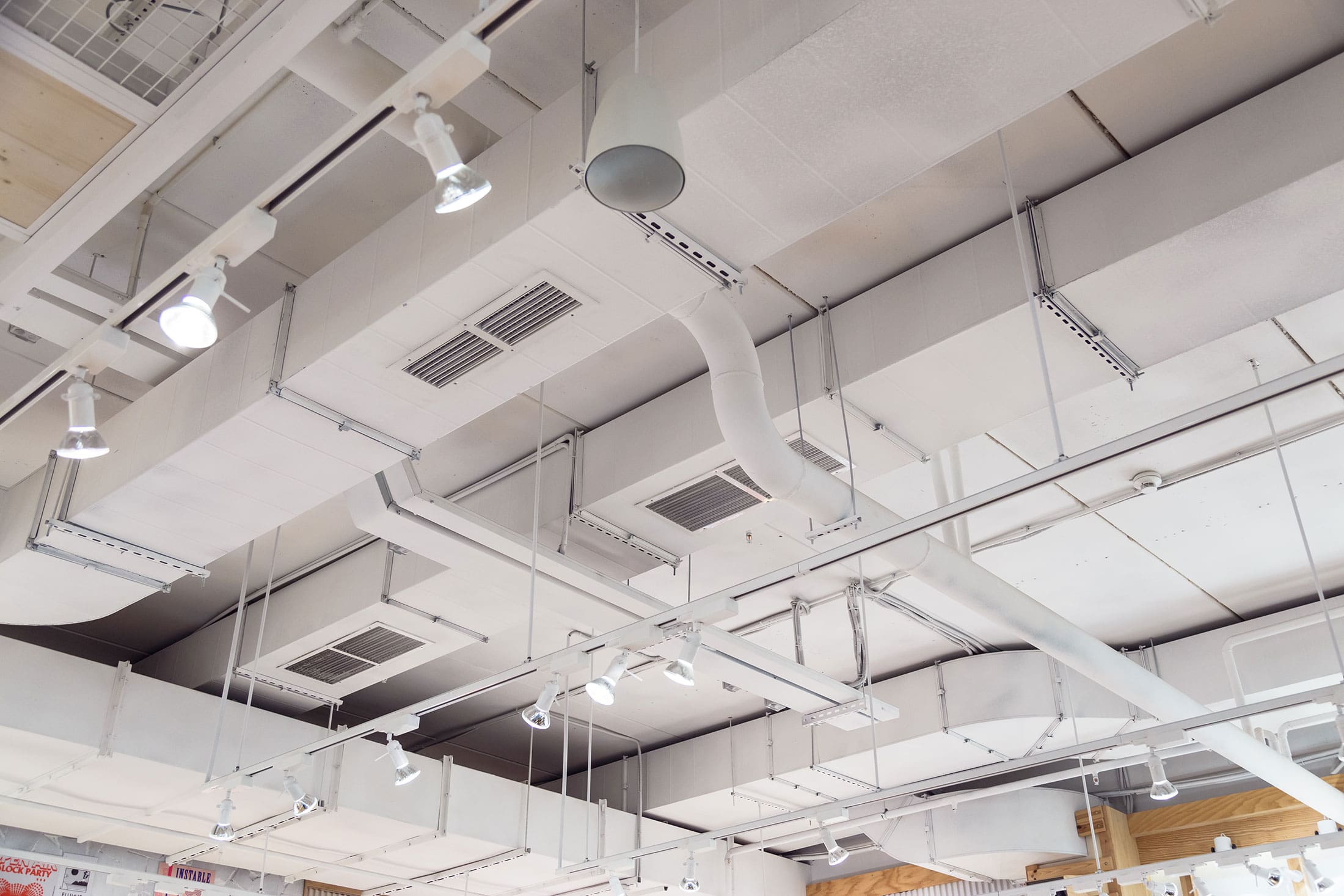
October 25, 2022
With more than thirty-one years spent in testing and balancing, it has been my experience that industry emphasis has been directed mostly toward the building supply system and less toward its counterpart – the building exhaust system.
THE ISSUE:
The exhaust system, if not properly tested, can place a building in a profound negative condition. In areas of the country where there are extended periods of time when humidity levels are high, this may create building indoor air quality problems and building material damage which can be seen most frequently at entry/exit points. One example of the type of problem that can be created is found extensively in hotels. In many instances, there is limited make-up air available within the building, and exhaust fans or exhaust grilles, which are installed in every room, are operated sporadically. This condition creates an environment conducive to the growth of mildew and mold behind wall coverings, and odors permeating rooms.

The building mechanical specification normally describes the method by which the supply and return ducts must be sealed and pressure-tested, however, the exhaust ductwork is often forgotten. The building exhaust system is the silent thief robbing the building of energy twenty-four hours a day, three hundred sixty-five days each year. Energy Recovery systems do provide some relief; however, if there is a heat recovery wheel installed, it will have purge (leakage), and the ductwork connected to this type of equipment will produce additional leakage.
Some examples of buildings where exhaust systems have been major factors in causing damage, and in many cases expensive renovation, follow.
- Disney Hotels in Florida, designed in the 1970’s. These hotels have been renovated to include supplementary make-up air and improved exhaust fans with adjustable, variable-speed motors.
- Polk County Courthouse in Florida, designed in the early 1990’s. Approximately fifty percent of the building was renovated, including the replacement of eighty percent of the mechanical system.
- Nursing Homes. Generally, nursing homes in many areas of the country are being significantly impacted by neglected exhaust systems that create ideal conditions for the growth of molds and mildew, and the loss of energy.
PREVENTIVE MEASURES
Mechanical specifications should be written to include:
The sealing and pressure testing of the exhaust ductwork and sealing of roof curbs where applicable. This ductwork reference can be found in the AABC NATIONAL STANDARDS at Chapter 5.

Duct leakage testing to be performed by an AABC test and balance agency.
Mechanical specifications should require, and the testing agency should provide, the following:
The main duct and/or branch ductwork must be traverse-tested to determine the actual total exhaust volume from a building. The duct traversing procedures can be found in the AABC NATIONAL STANDARDS at Chapter 3.
Recovery systems should be duct traverse-tested at both the inlet and outlet sides of the recovery unit. Testing both sides allows for the determination of air volume loss in the recovery unit and/or in the exhaust duct system.
Summarization of the building air volume in the plan construction view, to include both the make-up and exhaust air volumes. When tabulated in this plan view, the design engineer then has the opportunity to review the building conditions as they relate to positive or negative air volumes.
At completion of the testing and balance report, the actual results and the design results can then be tabulated in the report summary to allow effortless review of final building conditions.
“Testing and balancing is the application of the laws of physics that follow an established, proven set of procedures and methodology to measure and adjust components and fluid flow in heating, ventilating, and air conditioning (“HVAC”) systems.”
AABC members who adhere to the principal of the above statement, as quoted from Sutton G. Page, of Austin Air Balance, in a letter to the TAB Journal dated October 30th, 2001, will produce properly operating exhaust systems that will not rob buildings of costly energy.

